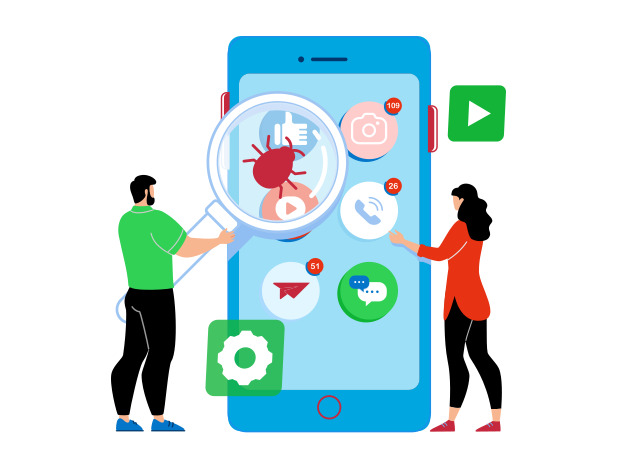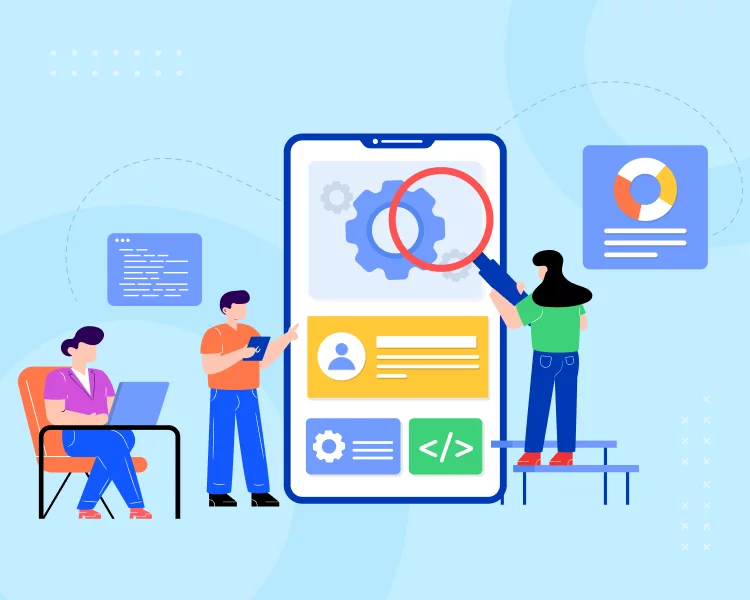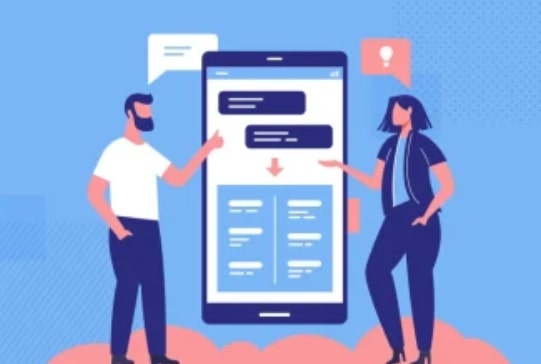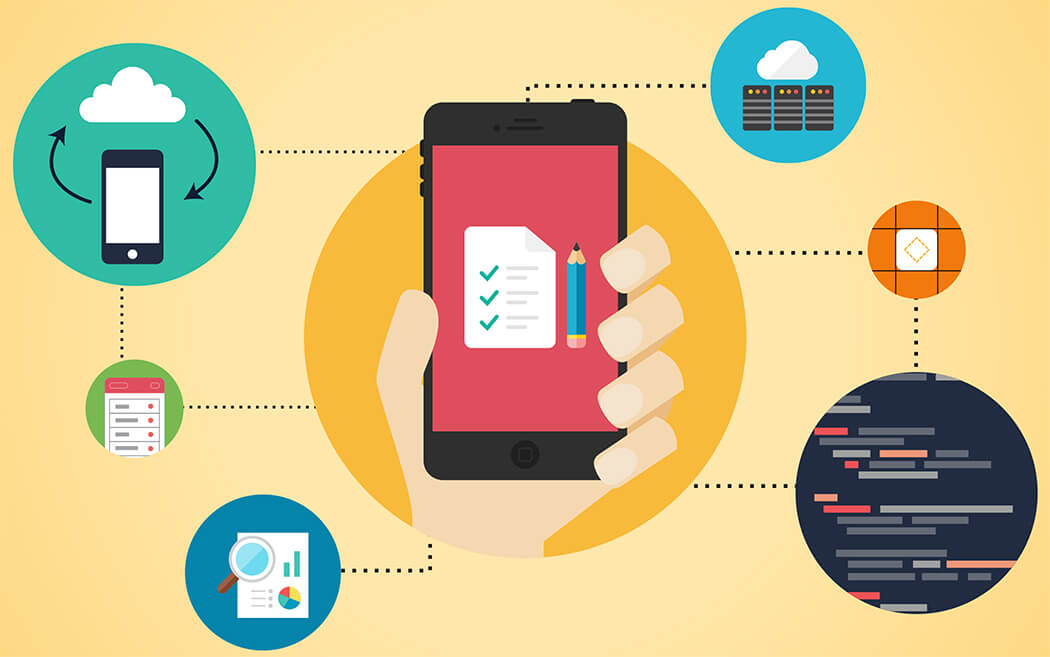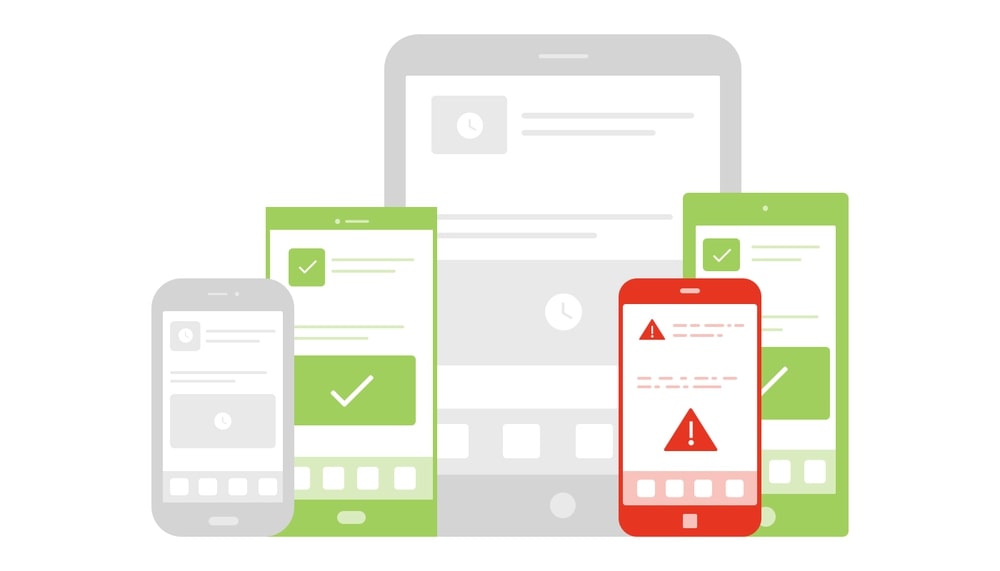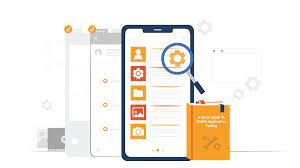In Android apps, several typical security issues can compromise the integrity and confidentiality of user data and the overall security of the application. Here are some common security issues found in Android apps:
1. Insecure Data Storage:
Android apps often store sensitive data, such as user credentials, authentication tokens, and personal information, locally on the device. Insecure data storage vulnerabilities occur when this data is stored in plaintext or weakly encrypted, making it susceptible to unauthorized access by malicious actors.
2. Insecure Communication:
Android apps communicate with backend servers and external APIs over networks, which can be intercepted by attackers. Insecure communication vulnerabilities, such as the use of unencrypted HTTP connections or improper SSL/TLS configurations, can expose sensitive data to eavesdropping and man-in-the-middle attacks.
3. Improper Permission Handling:
Android apps request various permissions to access device resources and user data. Improper permission handling vulnerabilities occur when apps request excessive permissions or misuse sensitive permissions, such as accessing location data, contacts, or camera without a legitimate need.
4. Insecure Authentication:
Authentication mechanisms, such as login screens and password reset functionalities, are common targets for attackers. Insecure authentication vulnerabilities, such as weak passwords, predictable password reset tokens, or lack of multi-factor authentication (MFA), can lead to unauthorized access to user accounts.
5. Client-Side Injection Attacks:
Android apps that accept user input without proper validation and sanitization are susceptible to injection attacks, such as SQL injection, XML injection, or command injection. Attackers can exploit these vulnerabilities to execute arbitrary code, access sensitive data, or manipulate application behavior.
6. Insecure WebView Implementation:
Android apps often use WebView to display web content within the app. Insecure WebView implementation vulnerabilities occur when apps do not properly configure WebView settings, leading to risks such as cross-site scripting (XSS) attacks, clickjacking, or loading untrusted content.
7. Lack of Binary Protections:
Android apps are targets for reverse engineering and tampering attempts. Lack of binary protections, such as code obfuscation, anti-debugging techniques, or runtime application self-protection (RASP), can make it easier for attackers to analyze and manipulate the app's code.
8. Insufficient Input Validation:
Android apps that accept user input without proper validation are susceptible to input validation vulnerabilities, such as buffer overflows, format string vulnerabilities, or integer overflows. Attackers can exploit these vulnerabilities to execute arbitrary code or manipulate application behavior.
9. Insecure Data Handling:
Android apps may mishandle sensitive data, such as storing passwords in logs, caching sensitive information in plaintext, or transmitting data over insecure channels. Insecure data handling vulnerabilities can lead to unintended data leakage or exposure of sensitive information to unauthorized parties.
10. Unsecured Third-Party Libraries:
Android apps commonly integrate third-party libraries and dependencies, which may contain known vulnerabilities or security weaknesses. Unsecured third-party libraries can introduce security risks, such as remote code execution, data leakage, or privilege escalation.
By identifying and addressing these typical security issues found in Android apps, developers and security professionals can enhance the security posture of their applications, protect user data, and mitigate the risk of cyber attacks. Regular security assessments, secure coding practices, and adherence to best practices are essential to maintain the integrity and trustworthiness of Android apps.


